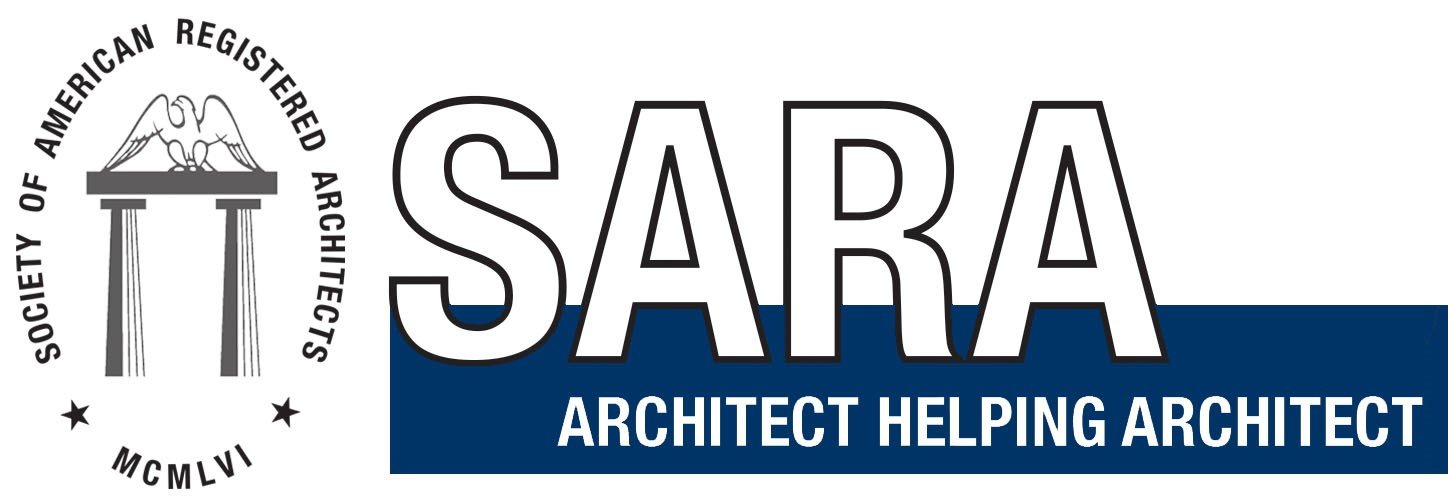Harnessing Daylight: Designing Sticky Spaces in Academic Buildings to Meet Student Expectations by Neall Digert, Ph.D., MIES, Aff. SARA
Harnessing Daylight: Designing Sticky Spaces in Academic Buildings to Meet Student Expectations
By: Neall Digert, Ph.D., MIES, Aff. SARA
In the ever-evolving landscape of education, a new concept known as "sticky spaces" has emerged, transforming academic buildings to meet the evolving expectations of students. Unlike a decade ago, these spaces are designed to seamlessly blend the realms of living and learning, enticing students to linger, engage and ultimately, ‘stick’ around.
Creating a One-Stop-Shop for the Students
Offering the ‘best facilities’ no longer means simply great lecture rooms, labs and teaching spaces. Today, creating a "sticky space" involves crafting the most inviting, comfortable and socially interactive learning environments that students can't bear to leave.
A "sticky campus" is more than just a physical place; it fosters a sense of belonging and community among students. It serves as the central hub, connecting various parts of the campus, from classrooms to laboratories. At the core of designing such spaces lies a focus on the human experience, and each step of the design process should revolve around enhancing the well-being of students.
To create an effective "sticky space," a facility should:
Provide amenities that cater to students' needs: Students shouldn’t have to venture off-campus for dining options, coffee shops or charging stations. A "sticky space" should include all these conveniences, ensuring students have everything they require in one place.
Balance openness and functionality: A successful "sticky space" strikes a delicate balance between promoting social interaction and maintaining a productive work environment. The design should invite collaboration while enabling students to concentrate on their tasks when needed.
Offer a blend of public and private spaces: A mix of communal areas for informal collaboration and more secluded spaces for individual focus is crucial. This diversity accommodates different learning preferences and fosters collaboration among students engaged in similar tasks.
Embrace natural daylight: Harnessing the power of natural daylight is essential for creating a welcoming and healthy indoor environment. Numerous studies have demonstrated the positive impact of daylight on well-being, happiness and productivity. For instance, research by Dr. Alan Hedge from Cornell University revealed that natural light can reduce eyestrain by 51%, drowsiness by 56%, and headaches by 63%.
Creating a "Sticky Space" at Arizona State University
At Arizona State University's Tempe campus, the ASU Student Pavilion serves as a prime example of a successful "sticky space" Illuminated with natural daylight using Solatube Tubular Daylighting Devices.
The 74,843-square-foot, three-story building houses office space for student government and cultural coalitions, study and collaboration meeting rooms, academic classrooms and a ballroom with movable partitions for entertainment acts, guest lecturers and student productions. The building, which was designed to be a Net Zero Energy building, even delivers green qualities including renewable energy, energy-efficiency and zero waste to showcase the university’s goals for Climate Net Neutrality and sustainable building systems.
While creating the student hub, the design team was faced with the challenge of delivering natural daylight to the collaboration corridors on both the second and third floors of the building. With the third level corridor positioned directly above the second level, traditional skylights were not a viable option. Windows worked well for the outer parts of the building, but they still needed a flexible solution that could travel approximately 35 feet in distance and include three 90-degree bends to reach the center of the room on both floors.
To solve this problem, the design team used the Solatube SolaMaster Series 330 and 750 DS-C Tubular Daylighting Systems to effectively bring natural daylight deep into the center of the building.
Solatube Tubular Daylighting Systems start with domes that sit on the roof of the building, engineered to capture sunlight from virtually any angle. They then push that light into the building space via highly reflective tubes where fixtures diffuse it for a beautiful spread of natural daylight.
With Solatube, daylight can reach places never thought possible, overcoming limitations associated with windows and traditional skylights in both new and retrofit applications.
To ensure a consistent amount of daylight for the perfect “sticky campus,” the design team used the Solatube proprietary Design Calculator to determine the number of units needed on each level and the amount of light that the Solatube Daylighting Systems would bring into the spaces.
Thermal insulation panels were also added to limit the amount of heat transfer into the building from the roof, and extension turrets were used to raise the outer domes and limit the amount of shade cast upon the devices.
Not only did the Solatube Tubular Daylighting Systems help the building achieved LEED Platinum certification, but natural daylight now fills the area over communal work and gathering tables within the entire building, helping create the ideal “sticky space.”
Neall Digert, Ph.D., MIES, Aff. SARA
Vice President, Innovation & Market Development
Kingspan Light + Air, North America


